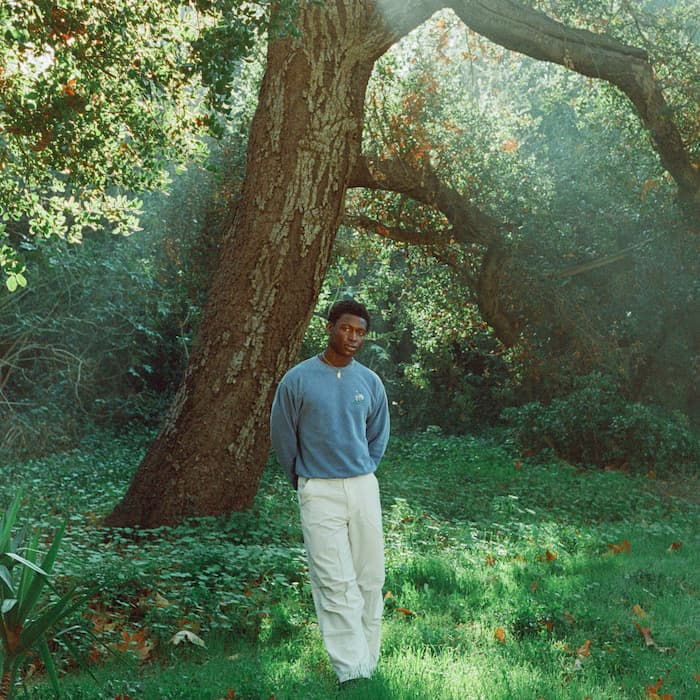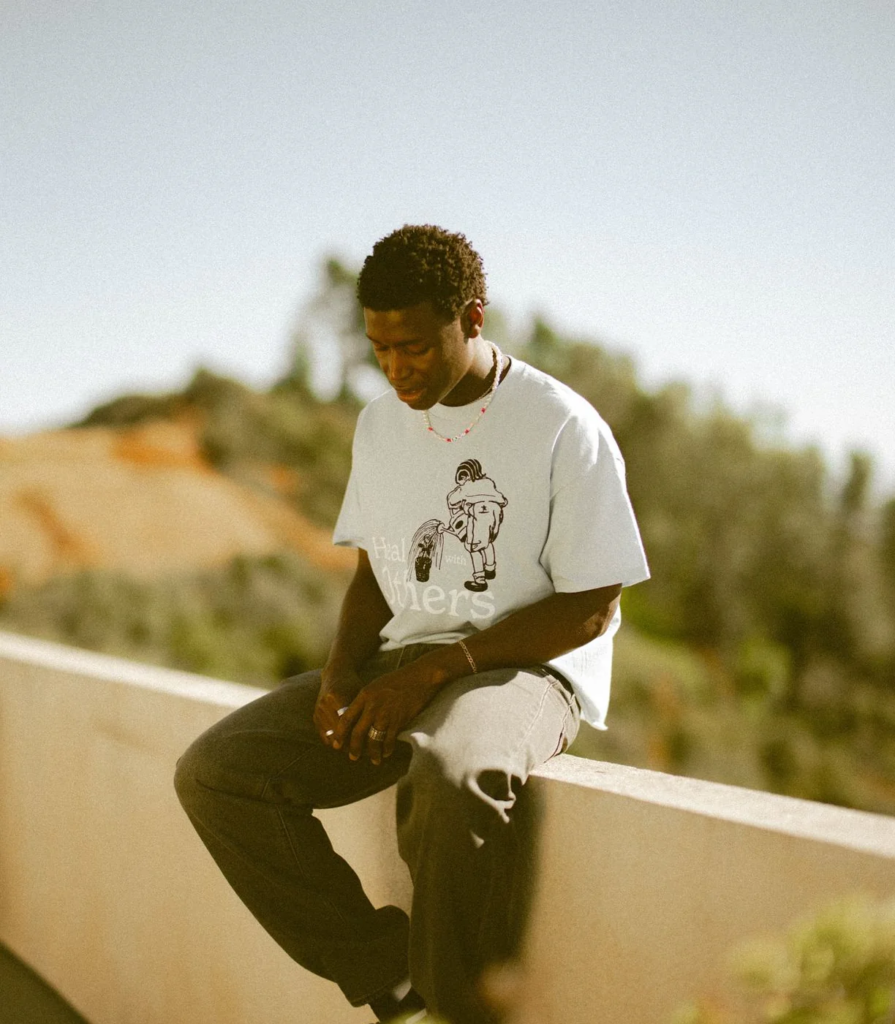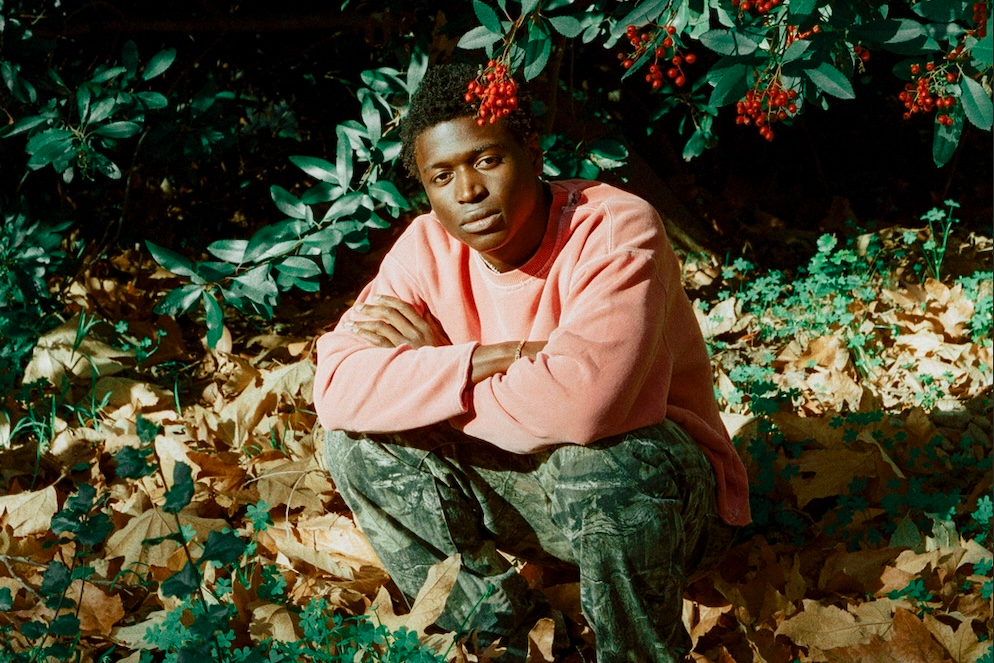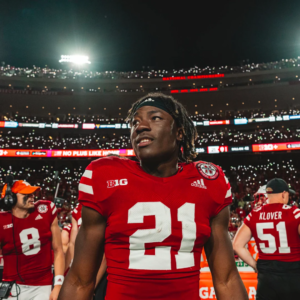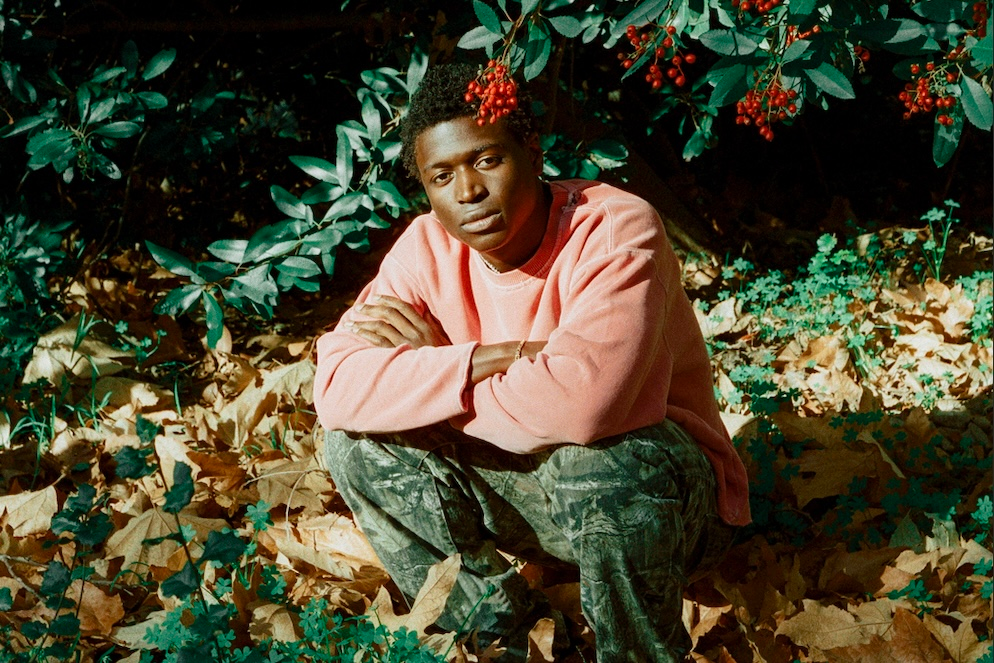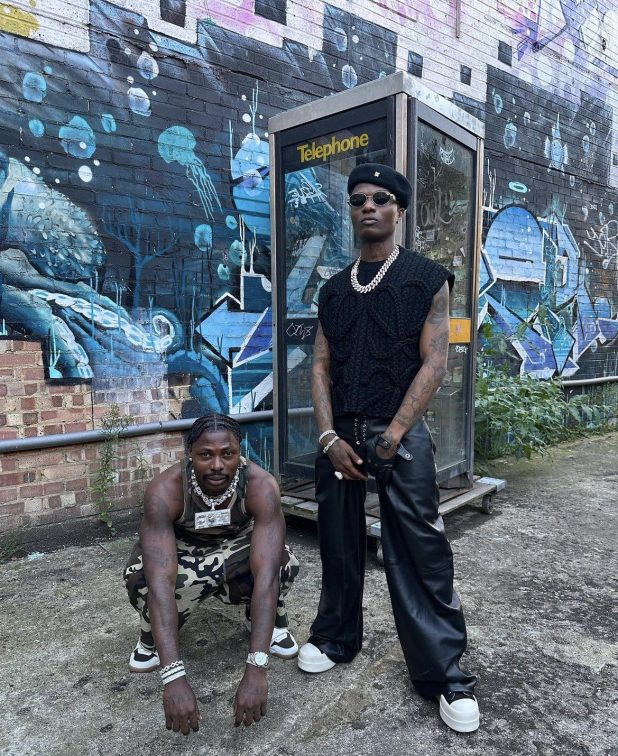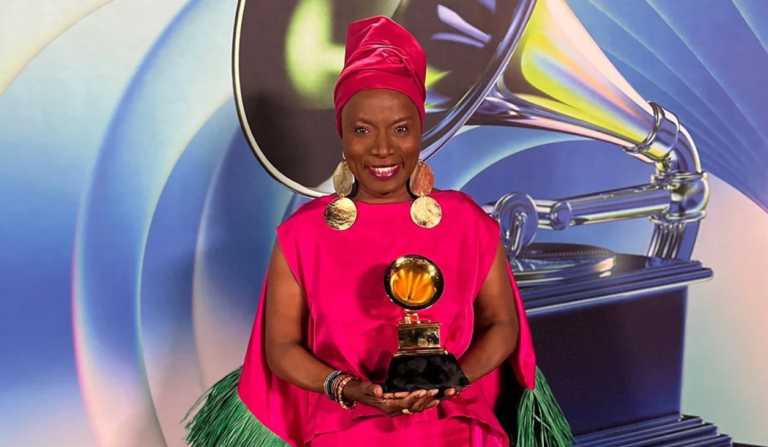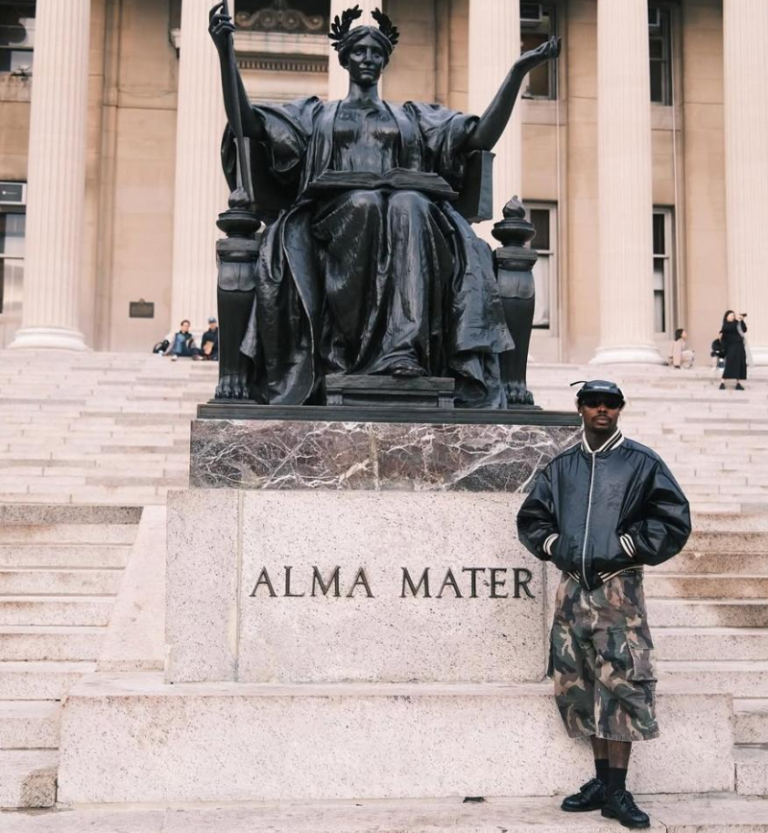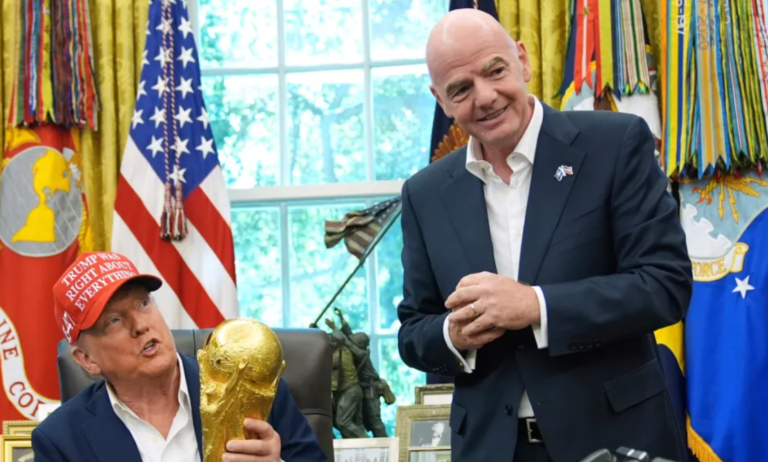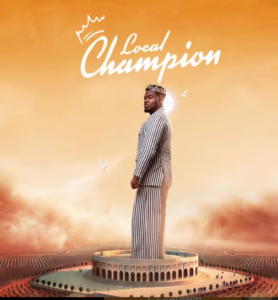Mon Rovîa is a Liberian-born Afro-Appalachian folk singer who gaining millions of fans worldwide with heartfelt storytelling and chart-topping streams.

Liberia has produced stars in Afrobeats, Gbema, and hip-hop, but Mon Rovîa has carved out a path unlike any of his peers.
Born Janjay Lowe during the turmoil of the Second Liberian Civil War, Mon Rovîa’s early years were marked by chaos and displacement. At just seven years old, he was adopted by Christian missionaries and relocated to the United States, beginning a journey that took him from Florida to Montana, the Bahamas, and eventually Tennessee. These constant moves, combined with the strict Christian music environment in his adoptive home, left him disconnected from mainstream sounds. Yet, they also nurtured the roots of a unique artistic identity.
Rather than leaning into Liberia’s dominant genres of Afrobeats or Gbema, Mon Rovîa found his voice in Afro-Appalachian folk—a style that bridges the rhythms of his African heritage with the soul of Appalachian traditions. For him, music is more than entertainment; it’s a vessel of healing and storytelling. “Writing these songs is where I find my peace,” he has often shared, reflecting on how his refugee past and adoption continue to shape his artistry.
Over the years, Mon Rovîa has transformed personal pain into global resonance. He has built a loyal following of over 3.2 million fans across platforms, a feat few Liberian artists have accomplished outside Afrobeats. His recent single, “Crooked the Road”, has drawn worldwide attention, earning over 638K plays and contributing to a remarkable 33.4 million streams on Spotify. These milestones cement him as one of Liberia’s few A-list stars to break into the global folk scene.
But his success hasn’t come without struggle—navigating identity, loss, and cultural displacement remain recurring themes in his music. Still, Mon Rovîa continues to rise. With a new tour on the horizon, he is set to bring his Afro-Appalachian sound to stages across the U.S. and beyond, reminding the world that even in displacement, art can find a home.
